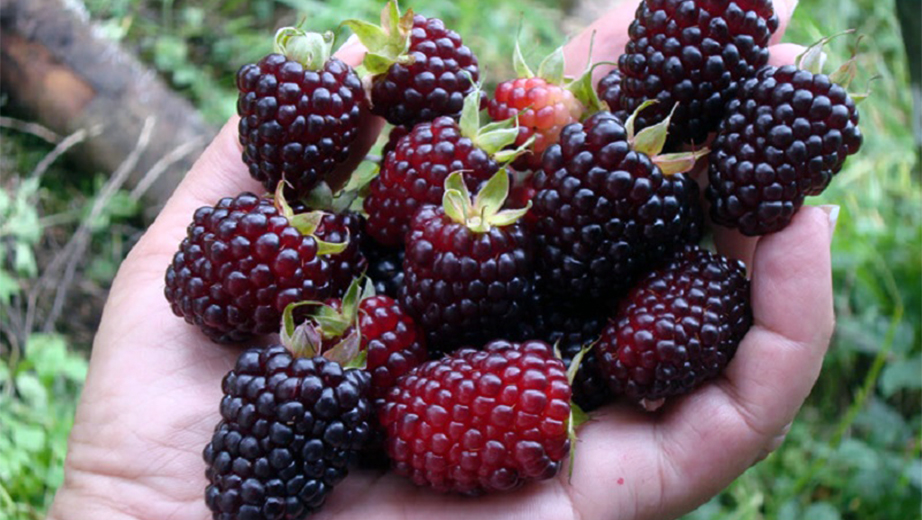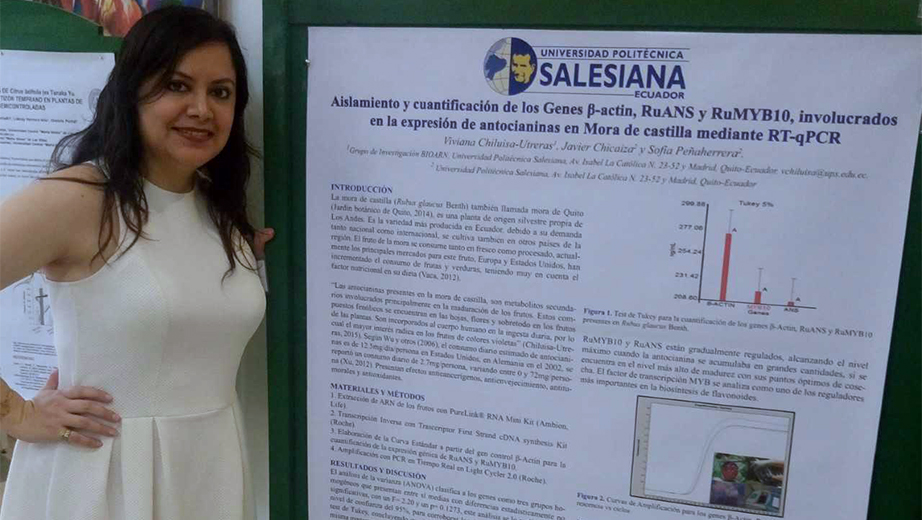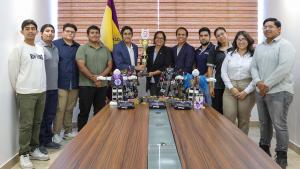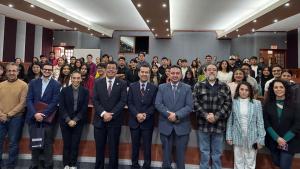Noticia
The Andean Raspberry and its anticancer effects

The Andean raspberrry or "mora de castilla" is a perennial plant which belongs to the Rosaceae family that produces fruit rich in anthocyanins, molecules called metabolites with anticancer properties. "A study conducted in the United States and Germany shows that the daily consumption of anthocyanins has anti-cancer, anti-aging, anti-tumor and antioxidant effects," says Viviana Chiluisa, professor of Biotechnology Engineering.
Professor Chiluisa, also a researcher of the Biotechnology Applied to Natural Resources Research Group (BIOARN for its acronym in Spanish. Grupo de Investigación en Biotecnología Aplicada a los Recursos Naturales (BIOARN))studies anthocyanins found in the andean raspberry and its daily consumption by people. She specifically studied the level of expression of B-actin as a control gen, the RuANS gene which encodes the anthocyanin synthase and the RuMYB10 gene which encodes a transcription factor involved in the biosynthesis of anthocyanin in Rubus Niveus.
The research was presented during the 11th International Congress on Plant Biotechnology, organized by the Bioplants Center from Universidad de Ciego de Ávila (Cuba). Her paper titled "Aislamiento y cuantificación de los genes B-actin, RuANS y RuMYB10, involucrados en la expresión de antocianinas en mora de castilla mediante RT-qPCR" is part of the work on molecular biology conducted by BIORAN.
Professor Chiuluisa explained that her study aims to contribute to the research carried out in the field of gene expression, the natural and alternative sources of the fruits. She said that the experience of participating in an international event was enriching because it allowed her to share criteria with researchers in the area.
The following research by was also presented in the Congress: "Pruebas bajo invernadero de cepas de (Bacillus subtilis) como agente de biocontrol de (Alternaria spp) en (Brassica oleracea var itálica)" by Daniel Acurio and "Crioconservación de Elleanthus capitatus, una orquídea nativa del Ecuador" by Ivonne Vaca.
Read the full article in the journal IOS Press
Contenidos Relacionados
Contenidos Relacionados
Noticias Relacionadas
Noticias Relacionadas






Follow us
Follow us